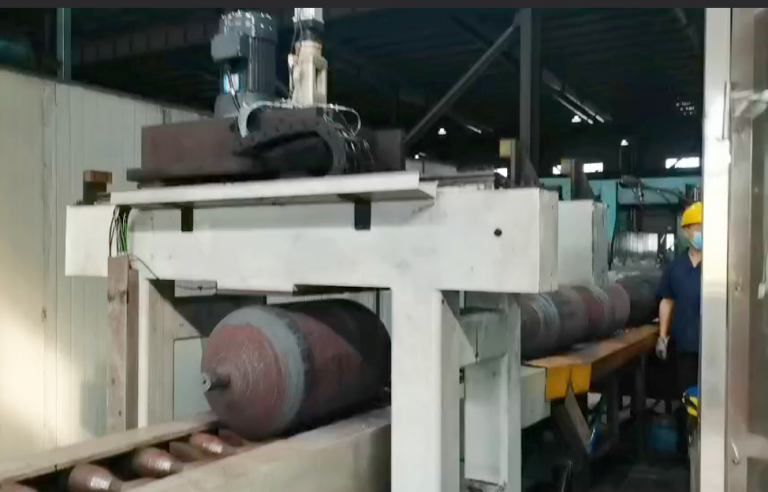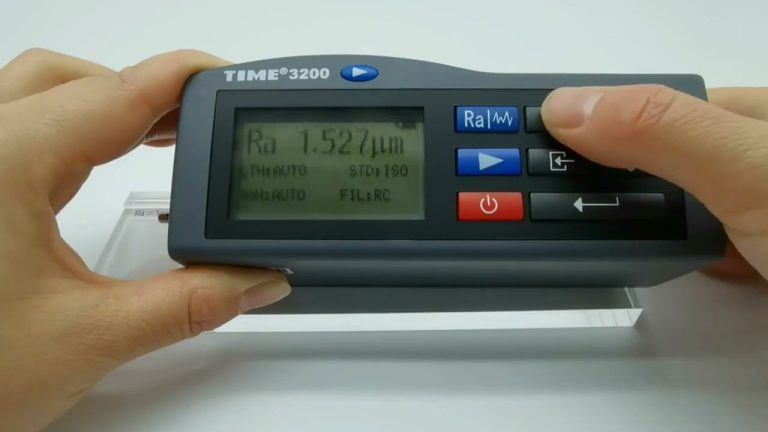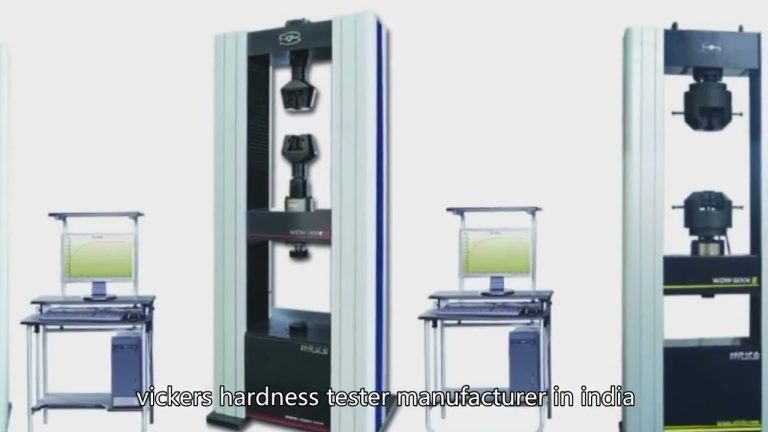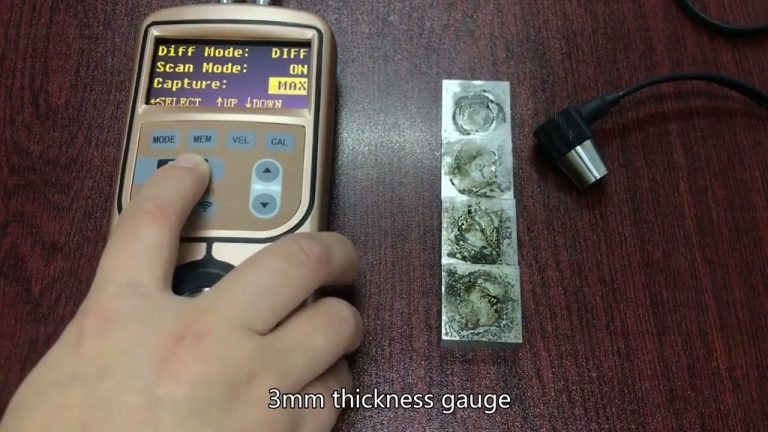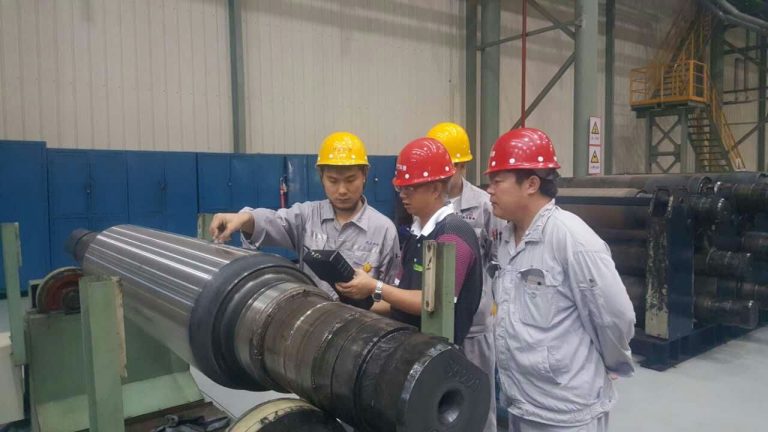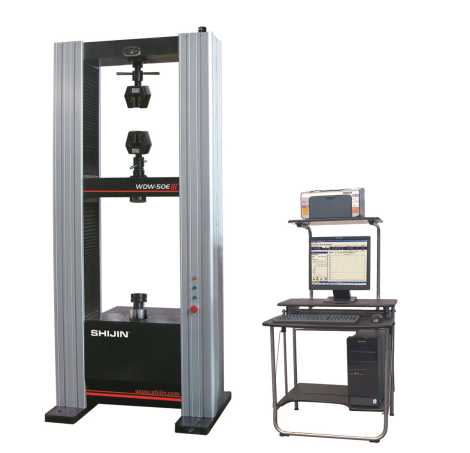Hardness indicates a material’s ability to resist hard objects pressing into its surface. It is one of the important performance indicators of metal materials. Generally, the higher the hardness, the better the wear resistance. Commonly used hardness indicators include Brinell hardness, Rockwell hardness and Vickers hardness.
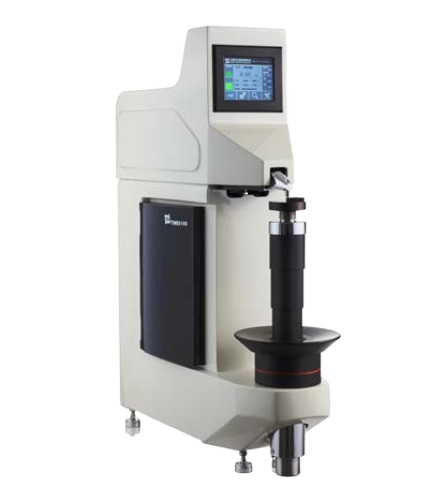
- Brinell hardness (HB) is measured by pressing a hardened steel ball of a certain size (usually 10mm in diameter) into the surface of the material with a certain load (usually 3000kg) and keeping it for a period of time. After the load is removed, the ratio of the load to its indentation area , which is the Brinell hardness value (HB), and the unit is kilogram force/mm2 (N/mm2).
- Rockwell hardness (HR) When HB>450 or the sample is too small, Brinell hardness test cannot be used and Rockwell hardness measurement is used instead. It uses a diamond cone with a vertex angle of 120° or a steel ball with a diameter of 1.59 or 3.18mm to press into the surface of the material to be tested under a certain load, and the hardness of the material is calculated from the depth of the indentation. According to the different hardness of the test material, it is expressed in three different scales:
- HRA: The hardness is obtained using a 60kg load and a diamond cone intruder, and is used for extremely hard materials (such as cemented carbide, etc.).
- HRB: The hardness is obtained by using a 100kg load and a hardened steel ball with a diameter of 1.58mm. It is used for materials with lower hardness (such as annealed steel, cast iron, etc.).
- HRC: The hardness is obtained using a 150kg load and a diamond cone intruder, and is used for materials with very high hardness (such as quenched steel, etc.).
- Vickers hardness (HV) is determined by pressing a diamond square cone intruder with a vertex angle of 136° into the surface of the material with a load within 120kg and dividing the surface area of the indentation pit by the load value, which is the Vickers hardness HV. Value (kgf/mm2).
Note: A, B, and C in Rockwell hardness HRA, HRB, HRC, etc. are three different standards, called scale A, scale B, and scale C. The Rockwell hardness test is one of several common indentation hardness tests used today. The initial pressure of the three scales is 98.07N (10kgf), and the hardness value is finally calculated based on the indentation depth. Scale A uses a ball cone diamond-shaped indenter, and then pressurizes it to 588.4N (60kgf); Scale B uses a steel ball with a diameter of 1.588mm (1/16 inch) as the indenter, and then pressurizes it to 980.7N (Total 100kgf);
Scale C uses the same spherical cone rhombus as the pressure head as scale A, but the force after pressurization is 1471N (150kgf). Therefore scale B is suitable for relatively soft materials, while scale C is suitable for harder materials. Practice has proved that there is an approximate corresponding relationship between various hardness values of metal materials and between hardness values and strength values. Because the hardness value is determined by the initial plastic deformation resistance and the continued plastic deformation resistance, the higher the strength of the material, the higher the plastic deformation resistance, and the higher the hardness value. However, the conversion relationships for various materials are not consistent.

Hardness test is the simplest and easiest test method in mechanical property testing. In order to use hardness testing to replace certain mechanical property tests, a more accurate conversion relationship between hardness and strength is needed in production. Practice has proved that there is an approximate corresponding relationship between various hardness values of metal materials and between hardness values and strength values. Because the hardness value is determined by the initial plastic deformation resistance and the continued plastic deformation resistance, the higher the strength of the material, the higher the plastic deformation resistance, and the higher the hardness value.
Hardness conversion formula
- Shore hardness (HS) = Burg hardness (BHN)/10+122. Shore hardness (HS) = Rockwell hardness (HRC) + 153. Burg hardness (BHN) = Rock hardness (HV) 4 . Rockwell hardness (HRC) = Burden hardness (BHN)/10-3
Use the Brinell hardness indentation diameter to directly convert the Rockwell hardness of the workpiece. At the production site, due to limitations of testing instruments, a Brinell hardness tester is often used to measure the hardness of large quenched parts. If you want to know the Rockwell hardness value of the workpiece, the usual method is to first measure the Brinell hardness value, and then find the corresponding Rockwell hardness value according to the conversion table. This method is obviously a bit cumbersome.
So, can the Rockwell hardness value of the workpiece be directly calculated based on the indentation diameter of the Brinell hardness tester? The answer is of course yes. According to the Brinell hardness and Rockwell hardness conversion tables, an empirical formula that is simple to calculate and easy to remember can be summarized: HRC = (479-100D)/4, where D is the Φ10mm steel ball indenter pressing on the workpiece under a pressure of 30KN Indentation diameter measurements on.

